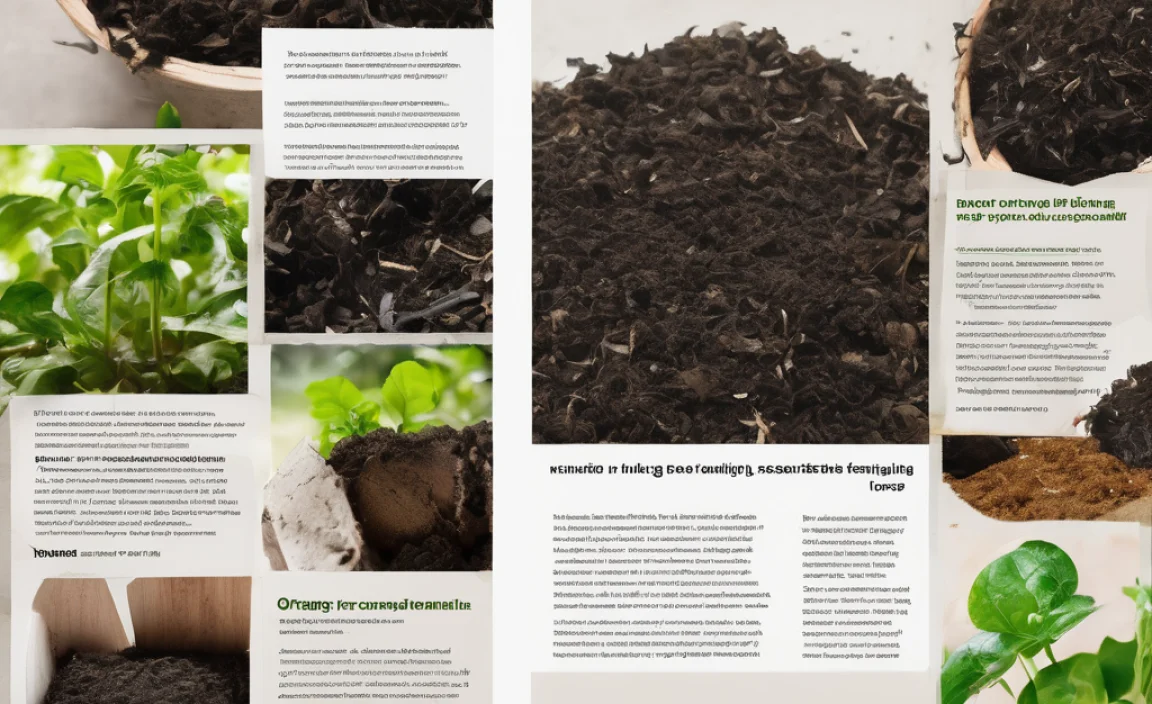Compost Accelerator Delivery: Effortless Garden Success
Ever stare at your compost bin, wishing those kitchen scraps and yard trimmings would just… turn into garden gold? It can feel like forever, right? Well, what if I told you there’s a simple way to speed things up? It’s called a compost accelerator, and getting it to your door is easier than you think. Let’s dive into how compost accelerator delivery can make your composting journey a breeze and give your garden a real boost!
What Exactly is a Compost Accelerator?

Think of a compost accelerator as a super-powered boost for your compost pile. It’s not magic, but it’s pretty close! These products are formulated to introduce beneficial microorganisms, like bacteria and fungi, that are the real workhorses of decomposition. They also often contain nutrients that these microbes love to eat, helping them multiply faster. This means your organic materials break down much quicker, transforming into nutrient-rich compost you can use in your garden in weeks, not months.
Why is this great for your garden? Well, compost is like a superfood for plants. It improves soil structure, helps retain moisture (meaning less watering for you!), and provides essential nutrients that help your flowers bloom brighter and your veggies grow bigger. Using an accelerator just gets you to that amazing garden goodness faster.
How Accelerators Work Their Magic
The process is all about creating the perfect environment for those tiny decomposers. Compost accelerators typically encourage:
- Increased Microbial Activity: They add or stimulate the growth of the microbes that eat your greens and browns.
- Faster Breakdown: With more hungry microbes, the composting process accelerates.
- Reduced Odors: A well-balanced, actively composting pile often smells earthy, not rotten. Accelerators can help maintain this balance.
- Nutrient Availability: As materials break down faster, the nutrients become more accessible for your plants.
It’s like throwing a party for the microscopic critters who do all the hard work, giving them the best food and atmosphere to get the job done efficiently.
Why You Might Need a Compost Accelerator
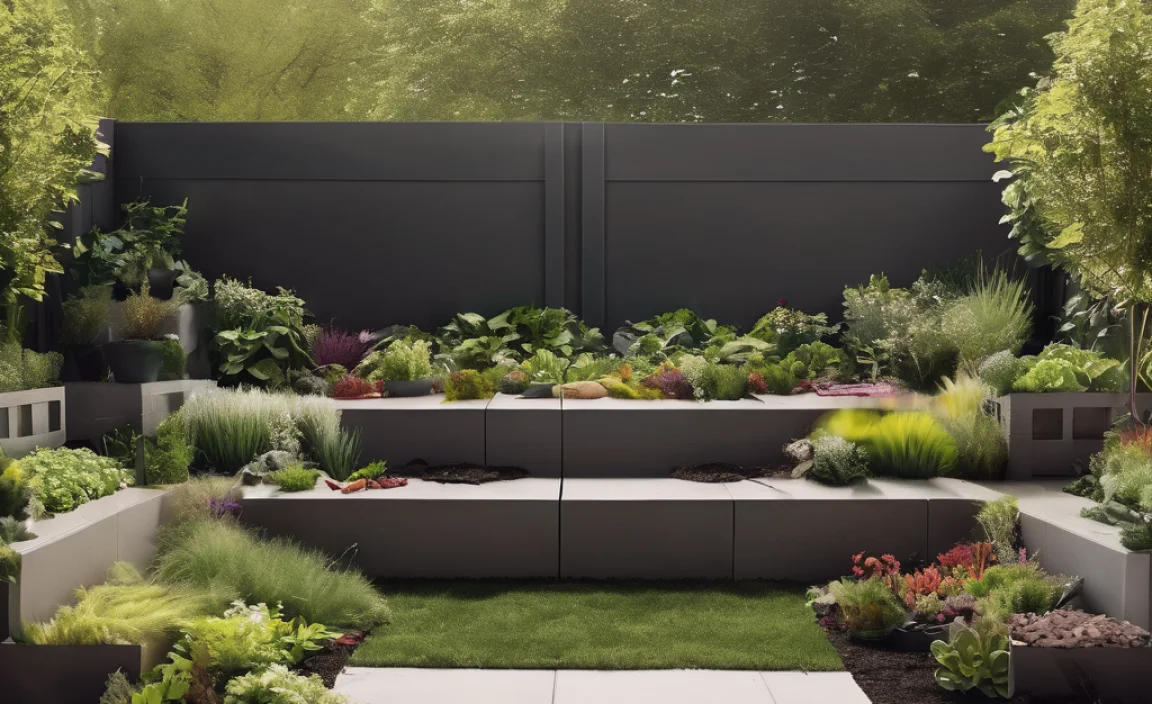
Not everyone needs an accelerator. If you have a well-established composting system and a good balance of “greens” (nitrogen-rich, like kitchen scraps) and “browns” (carbon-rich, like dry leaves), your pile might be humming along nicely. However, an accelerator can be a game-changer if you:
- Are a Beginner Composter: Getting the balance just right can be tricky at first. An accelerator can help forgive minor missteps.
- Have a Slow-Composting Pile: If your materials just sit there, an accelerator can kickstart the process.
- Want Faster Results: Need compost for a specific planting season and don’t have months to wait?
- Deal with Specific Materials: Some tougher materials, like woody bits, benefit from a little extra microbial help.
- Want to Reduce Odors: Unpleasant smells often mean your pile isn’t breaking down efficiently.
It’s a tool that can help improve your composting experience and yield better results, especially when you’re just starting out or facing common composting challenges.
Types of Compost Accelerators
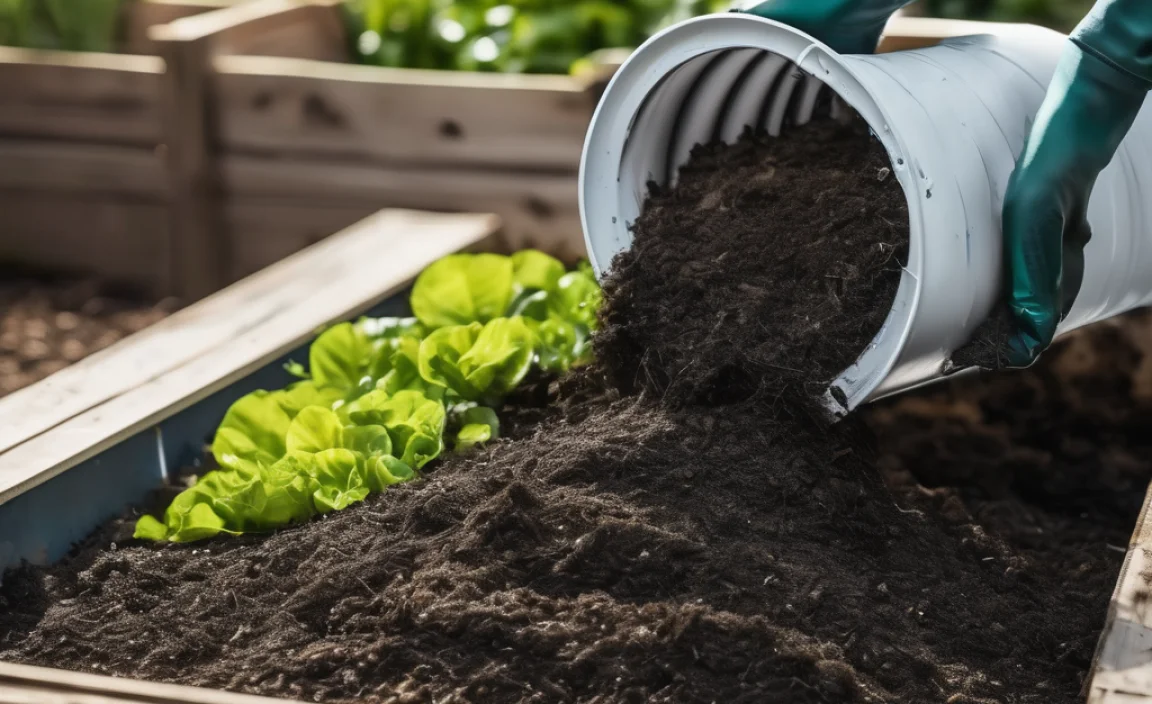
Compost accelerators come in a few different forms, and understanding them helps you choose the best one for your needs. Here’s a quick rundown:
1. Microbial Accelerators
These are the most common type. They are usually powders or liquids packed with a concentrated dose of beneficial bacteria, enzymes, and sometimes fungi. They work by directly introducing the microbes needed to break down organic matter.
- Pros: Highly effective, often work quickly, good for a wide range of composting situations.
- Cons: Can be a bit pricier, effectiveness can depend on maintaining the right moisture and air balance in your pile.
2. Nutrient-Based Accelerators
Some products focus on providing essential nutrients, like nitrogen, in a readily available form. This “feeds” the existing microbes in your compost pile, encouraging them to multiply and work harder.
- Pros: Can be very effective when your pile is low on nitrogen, often readily available materials like blood meal or feather meal are used.
- Cons: May not be as targeted as microbial accelerators if your pile’s issue isn’t just nitrogen.
3. DIY/Natural Accelerators
You can also create your own “accelerator” by adding materials that are already rich in microbes and nitrogen. Good examples include:
- A shovel full of finished compost: This inoculates your new pile with beneficial organisms.
- Manure (aged): Especially from herbivores like horses, cows, or chickens, it’s packed with microbes and nitrogen.
- High-nitrogen materials: Like grass clippings (in moderation) or coffee grounds.
These are often not purchased as a “delivery” item but can be incorporated into your composting routine. However, for a concentrated, predictable boost, commercial accelerators are often preferred.
Compost Accelerator Delivery: Making the Choice Easy
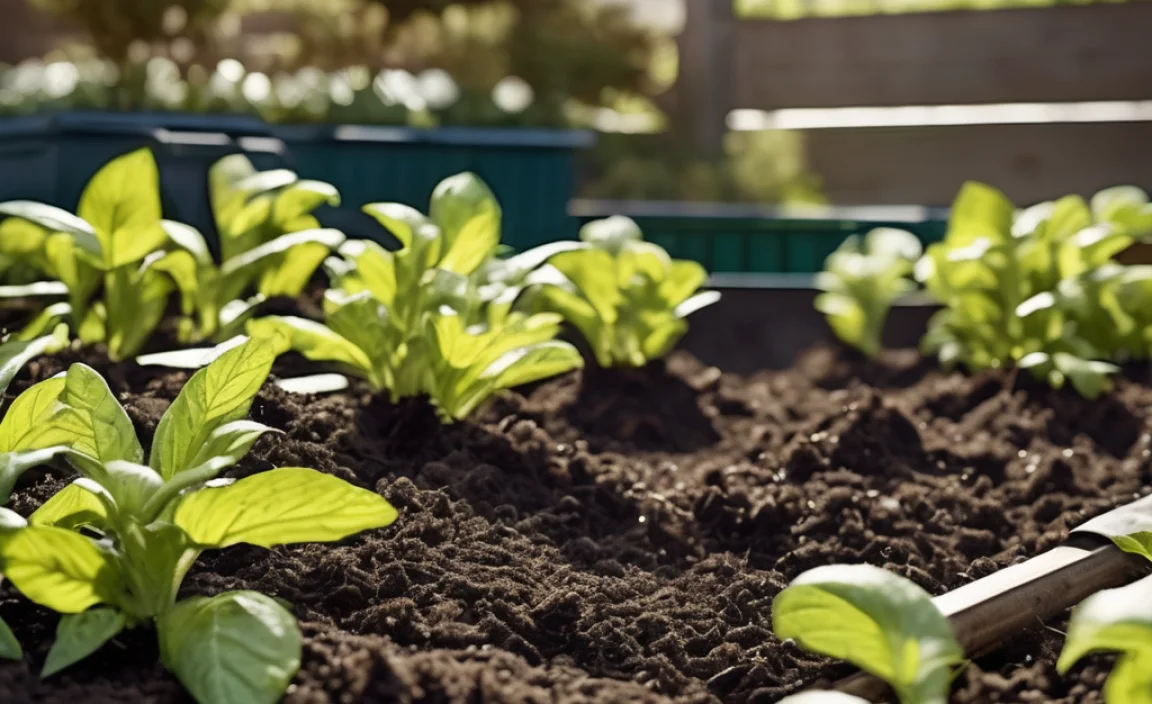
When you decide to get an accelerator, the “delivery” part is where the convenience really shines. You don’t need to run to a specialized garden center; many options are available right at your fingertips through online shopping.
Where to Find Compost Accelerators Online
Your best bet for easy compost accelerator delivery is through major online retailers and specialized gardening supply websites. Think:
- Amazon: Offers a vast selection, from popular brands to smaller producers, with quick shipping options for Prime members.
- Gardening Supply Websites: Sites like Gardener’s Supply Company, Territorial Seed Company, or even local garden centers with online stores often carry high-quality compost accelerators.
- Manufacturer Websites: Some brands sell directly to consumers, so you can order from the source.
When browsing, pay attention to:
- Product Reviews: See what other gardeners have experienced.
- Ingredients: Understand what’s in the product.
- Userguides: Check how easy it is to apply.
Factors to Consider When Ordering
Before you hit “add to cart,” give these a thought:
- Type of Accelerator: Microbial or nutrient-based? For most beginners, a good microbial accelerator is a solid choice.
- Size/Quantity: How big is your compost bin? A small packet might be enough for a small bin, while a larger quantity might be needed for a large pile or multiple bins.
- Application Method: Is it a powder to sprinkle, or a liquid to mix with water? Make sure it fits your comfort level.
- Cost: Prices can vary. Compare brands and consider the quantity you get for the price.
- Shipping Costs & Speed: If you need compost fast, check the delivery times and associated fees.
The beauty of online ordering is that you can compare all these factors side-by-side without leaving your home. It takes the hassle out of sourcing your gardening supplies.
How to Use Your Compost Accelerator
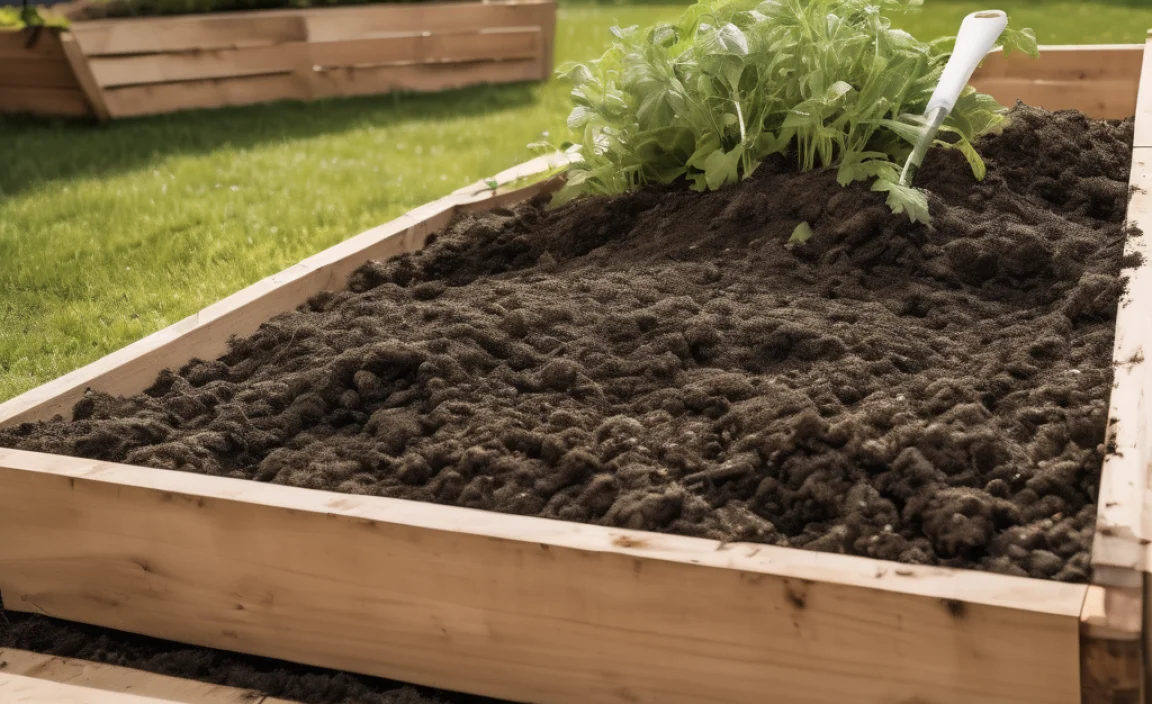
Once your compost accelerator arrives, using it is usually straightforward. The key is to follow the product’s specific instructions, as they can vary slightly. However, the general process is pretty consistent:
- Prepare Your Compost Pile: Make sure your pile has a good mix of green and brown materials. It should be moist, like a wrung-out sponge, but not soggy. If it’s too dry, water it. If it’s too wet, add more brown material.
- Apply the Accelerator:
- Powders: Typically, you’ll sprinkle the recommended amount evenly over the surface of your compost pile, or mix it into a layer of material.
- Liquids: Often, they need to be diluted in water according to the package directions. Then, you’ll water your compost pile with the mixture, ensuring it’s distributed well throughout.
- Mix It In: After applying, turn your compost pile. This helps distribute the accelerator throughout the materials and introduces air, both of which are crucial for decomposition. Use a pitchfork or compost aerator tool.
- Maintain Your Pile: Continue to add new materials, keeping the green-to-brown ratio balanced and ensuring the pile stays moist. Turning your pile regularly (every 1-2 weeks) will further speed up the process.
- Observe the Changes: You should notice your pile heating up (a sign of active decomposition) and the materials starting to break down faster.
When to Apply
The best time to apply an accelerator is when you are:
- Starting a new compost pile: This is the ideal time to inoculate the entire batch from the beginning, setting the stage for quick breakdown.
- Revitalizing an old, slow-moving pile: If your pile has been sitting for a while with little progress, adding an accelerator can give it the jump-start it needs.
- Adding a large batch of new material: If you’ve just added a lot of kitchen scraps or yard waste, an accelerator can help it integrate and start decomposing efficiently.
Some products can be applied periodically, while others are a one-time addition. Always check the label!
Composting Dos and Don’ts for Accelerator Success
To make sure your compost accelerator works its best, here are some simple guidelines:
Do:
- Maintain Moisture: Your compost pile needs to be consistently damp, like a wrung-out sponge. Too dry and the microbes slow down; too wet and they can drown or go anaerobic (smelly!).
- Ensure Aeration: Turn your compost pile regularly. This provides oxygen for the aerobic microbes that do the best work and helps prevent foul odors. A tool like a compost aerator can make this much easier. Check out this guide on making your own compost aerator for a budget-friendly option.
- Balance Greens and Browns: Aim for roughly equal parts by volume, though a slightly higher ratio of browns is often recommended for good aeration.
- Chop Materials: Smaller pieces break down faster.
- Add a Variety of Materials: Different organic materials provide different nutrients for microbes.
Don’t:
- Add Meat, Dairy, or Oily Foods: These can attract pests and create foul odors, and they break down very slowly.
- Compost Diseased Plants: Unless you have a very hot compost pile that kills pathogens, it’s best to avoid this to prevent spreading diseases in your garden.
- Add Weeds with Seeds: Many weed seeds won’t be killed by typical home composting temperatures and will just sprout in your garden.
- Let the Pile Dry Out: This is a common mistake that halts decomposition.
- Over-Saturate the Pile: This suffocates microbes and leads to anaerobic conditions and smells.
Following these simple tips will help your compost accelerator achieve maximum effectiveness.
Troubleshooting Common Composting Issues
Even with an accelerator, you might run into a few hiccups. Don’t worry, these are common and usually easy to fix!
Issue: Pile is Smelly (Rotten Egg or Ammonia Smell)
Cause: Too much green material (nitrogen-rich) or the pile is too wet and lacking air (anaerobic conditions). The accelerator might be struggling to keep up with an unbalanced input.
Fix: Add more brown, carbon-rich materials like dry leaves, shredded cardboard, or straw. Turn the pile thoroughly to introduce air. If it’s very wet, add dry browns and turn it again. The accelerator will help when the conditions are right for the microbes.
Issue: Pile Isn’t Heating Up or Breaking Down
Cause: Pile is too dry, lacks nitrogen, or is too small to generate heat. You might have an older pile that needs a boost beyond what the accelerator alone can provide.
Fix: Add water to moisten the materials appropriately. Add more green materials or a nitrogen booster. Turn the pile to mix everything. Ensure your pile is at least 3x3x3 feet, as smaller piles struggle to retain heat.
Issue: Pile is Infested with Pests (Flies, Rodents)
Cause: Usually caused by adding inappropriate materials (meat, dairy, oils) or by not burying kitchen scraps adequately.
Fix: Stop adding offensive items immediately. Bury all kitchen scraps deep within the pile, and always cover them with a layer of brown materials. Ensure your bin has a lid if pests are a major concern. While an accelerator won’t directly deter pests, a well-balanced, actively decomposing pile is less appealing to them than rotting food.
Remember, composting is a journey, and these issues are part of the learning process. Your accelerator is a helpful tool, but maintaining the right conditions is still key!
Compost Aerators: Your Partner in Faster Composting
While compost accelerators boost microbial activity, a good compost aerator ensures those microbes have the oxygen they need to thrive. Think of it as their personal ventilation system!
Why Use an Aerator?
Oxygen Supply: Aerobic microbes (the good ones) need oxygen. Aerating your pile ensures they get it.
Even Moisture Distribution: Turning helps spread moisture more evenly.
Faster Breakdown: Introducing air speeds up the decomposition process significantly.
Reduced Odors: Proper aeration prevents anaerobic pockets that cause unpleasant smells.
* Less Physical Labor: Compared to using a pitchfork for frequent turning, aerators can be easier to use.
Types of Compost Aerators:
There are several types, from simple to more elaborate:
| Type | Description | Ease of Use | Effectiveness |
|---|---|---|---|
| Manual Aerator (e.g., Corkscrew Style) | A long metal rod with a handle and a spring-loaded mechanism at the bottom that expands when pulled up. | Very Easy | Good for breaking up compacted areas and bringing in air. |
| Compost Turning Tool (e.g., Pitchfork Style) | Long-handled tool with tines designed to reach deep into the pile for turning. | Moderate | Excellent for thoroughly mixing materials and aerating. |
| DIY Aerator | Materials like PVC pipe with holes, or a large metal frame. | Varies (depends on construction) | Can be effective if designed well. |
For beginners looking for effortless garden success, a manual aerator is a fantastic investment. You can find reliable options at most garden centers or online retailers. Often, they range from $20-$50, which is a small price for the time and effort saved.
Combined with a compost accelerator, regular aeration is your secret weapon for quickly turning waste into valuable garden food. For more details on effective composting techniques, the U.S. Environmental Protection Agency (EPA) offers excellent resources on home composting.
Compost Accelerator Delivery: A Summary for Busy Gardeners
Let’s break down the convenience of compost accelerator delivery:
- Time-Saving: Order online and have it delivered directly to your door. No extra trips to the store.
- Convenience: Browse a wide variety of products from the comfort of your home, compare prices, and read reviews.
- Accessibility: Even if you don’t live near a specialty garden store, online delivery opens up your options.
- Variety: Access to a broader range of brands, types, and formulations than you might find locally.
- Efficiency Boost: Get your composting started or revitalized quickly, leading to faster results in your garden.
It’s a straightforward way to upgrade your composting process without adding complexity to your busy life.
Frequently Asked Questions (FAQs)
Here are some common questions beginners have about compost accelerators:
Q1: How long does it take to see results after using a compost accelerator?
A1: It depends on the conditions, but you might notice your pile heating up within a few days to a week. Visible composting (material breaking down) typically speeds up significantly within 2-4 weeks, depending on how often you turn it and the materials used.
Q2: Can I use too much compost accelerator?
A2: While it’s generally safe, following the package instructions is best.

I am passionate about home engineering. I specialize in designing, installing, and maintaining heating, ventilation, and air conditioning systems. My goal is to help people stay comfortable in their homes all year long.



